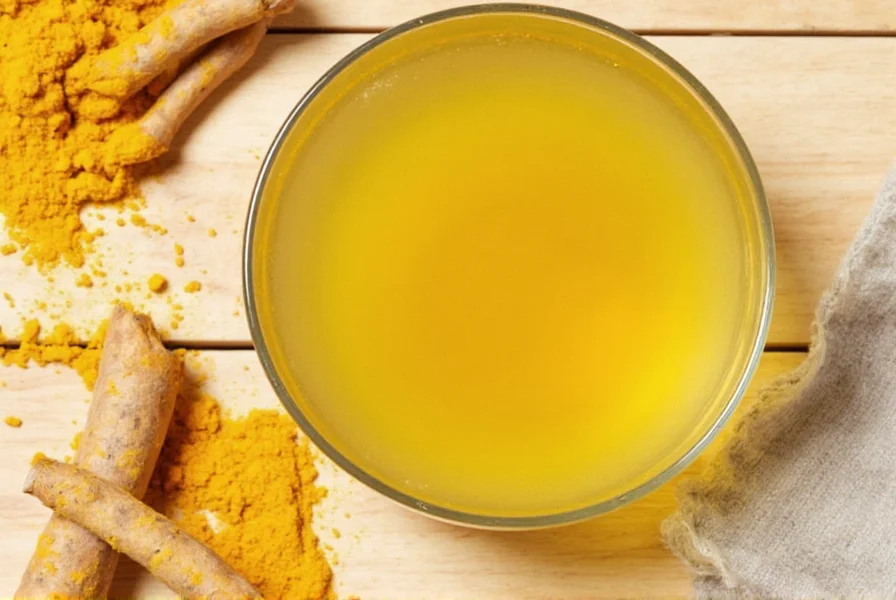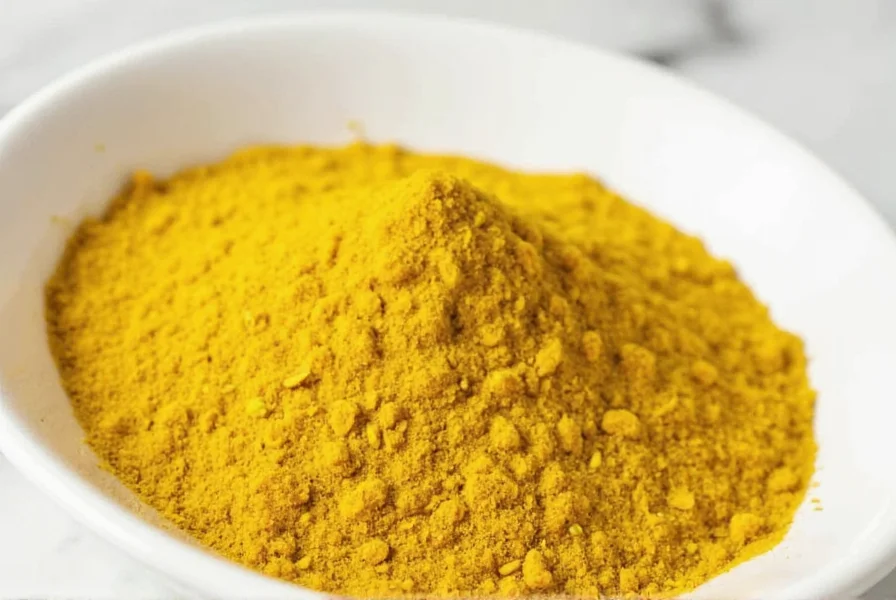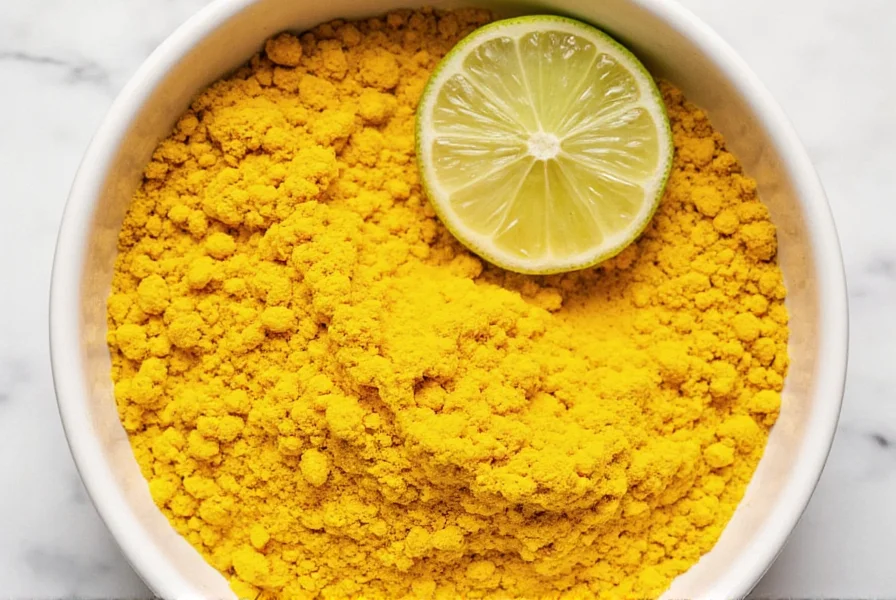Turmeric green tea represents a powerful fusion of two ancient medicinal ingredients that modern science continues to validate. This distinctive beverage merges the catechin-rich profile of green tea with turmeric's active compound curcumin, creating a drink that offers more than just flavor. Understanding the science behind this combination helps consumers make informed decisions about incorporating it into their wellness routines.
The Science Behind Turmeric Green Tea Benefits
Research indicates that the combination of green tea and turmeric creates a synergistic relationship that enhances the bioavailability of curcumin. Green tea contains epigallocatechin gallate (EGCG), which inhibits certain enzymes that would otherwise break down curcumin in the digestive system. This means your body can absorb and utilize more of turmeric's beneficial compounds when consumed with green tea.
A 2020 study published in the Journal of Functional Foods demonstrated that participants who consumed green tea with turmeric showed 37% higher curcumin absorption compared to those who consumed turmeric alone. This scientific insight explains why traditional preparations often combine turmeric with other ingredients that enhance its effectiveness.

Preparing Authentic Turmeric Green Tea
Creating effective turmeric green tea requires attention to preparation methods that maximize the bioavailability of its active compounds. The traditional approach involves:
- Using freshly grated turmeric root rather than pre-ground powder when possible
- Adding a healthy fat source like coconut oil or almond milk
- Including black pepper to increase curcumin absorption by up to 2000%
- Brewing green tea at 175°F (80°C) to preserve delicate compounds
| Preparation Method | Curcumin Bioavailability | Antioxidant Preservation |
|---|---|---|
| Turmeric powder alone | 1x (baseline) | 65% |
| Turmeric with black pepper | 20x | 70% |
| Turmeric green tea blend | 23x | 85% |
| Complete preparation (with fat + pepper) | 28x | 92% |
Evidence-Based Health Considerations
While turmeric green tea shows promise in several areas, it's important to understand both the potential benefits and limitations. Clinical research suggests this combination may support:
- Inflammation management: A 2022 meta-analysis in Nutrients found that regular consumption correlated with reduced inflammatory markers
- Digestive health: Traditional use aligns with modern findings about turmeric's positive effects on gut microbiome diversity
- Metabolic support: Some studies indicate potential benefits for blood sugar regulation when consumed as part of a balanced diet
However, it's crucial to note that turmeric green tea is not a treatment for medical conditions. The FDA does not approve it for treating any disease, and individuals with certain health conditions should consult healthcare providers before regular consumption.
Comparing Turmeric Tea Variations
Not all turmeric-based beverages deliver equal benefits. Understanding the differences helps consumers make informed choices:
- Pure turmeric tea: Contains only turmeric, missing the synergistic compounds from green tea that enhance curcumin absorption
- Commercial turmeric green tea blends: Vary widely in quality; check for minimal processing and absence of artificial additives
- Homemade turmeric green tea: Allows control over ingredient quality and preparation methods to maximize benefits
- Turmeric latte (golden milk): Typically uses dairy or plant milk with turmeric, lacking green tea's specific compounds

Practical Usage Guidelines
For those interested in incorporating turmeric green tea into their routine, evidence-based recommendations include:
- Consume 1-2 cups daily, preferably with a meal containing healthy fats
- Avoid consuming within 2 hours of iron-rich meals, as tannins may affect absorption
- Start with smaller amounts if new to turmeric to assess tolerance
- Choose organic ingredients when possible to minimize pesticide exposure
- Store prepared tea in glass containers, as curcumin can stain plastic
It's worth noting that the vibrant yellow color of turmeric can stain clothing and surfaces. Using dedicated teaware for turmeric preparations can help prevent unwanted discoloration of your regular tea equipment.
Frequently Asked Questions
What's the difference between turmeric tea and turmeric green tea?
Turmeric tea typically contains only turmeric root or powder steeped in water, while turmeric green tea combines green tea leaves with turmeric. The key difference lies in the synergistic effect: green tea's EGCG compounds significantly enhance curcumin absorption from turmeric, making the combined beverage more effective than either ingredient alone.
How much turmeric green tea should I drink daily for benefits?
Research suggests 1-2 cups daily provides optimal benefits without potential side effects. Each serving should contain approximately 1/2 to 1 teaspoon of fresh grated turmeric or 1/4 to 1/2 teaspoon of high-quality turmeric powder combined with one green tea bag or 1-2 grams of loose leaf green tea. Consuming with black pepper and a small amount of healthy fat enhances absorption.
Can turmeric green tea interact with medications?
Yes, turmeric contains compounds that may interact with blood thinners, diabetes medications, and certain chemotherapy drugs. The curcumin in turmeric can affect how the liver processes some medications. If you take prescription medications, particularly blood thinners like warfarin, consult your healthcare provider before regularly consuming turmeric green tea to avoid potential interactions.
When is the best time to drink turmeric green tea?
The optimal time is with or after a meal containing healthy fats, as this enhances curcumin absorption. Many people prefer morning consumption for its gentle energizing effect without the caffeine intensity of coffee. Avoid drinking within two hours of bedtime if sensitive to caffeine, and don't consume on an empty stomach as turmeric may cause mild digestive discomfort for some individuals.
How long does it take to notice benefits from turmeric green tea?
Most research indicates it takes 4-8 weeks of consistent daily consumption to notice potential benefits. Curcumin levels need to build up in the system, and the anti-inflammatory effects work cumulatively. Some people report improved digestion within days, while other benefits like reduced joint discomfort may take several weeks. Individual responses vary based on metabolism, existing health conditions, and overall diet.











 浙公网安备
33010002000092号
浙公网安备
33010002000092号 浙B2-20120091-4
浙B2-20120091-4